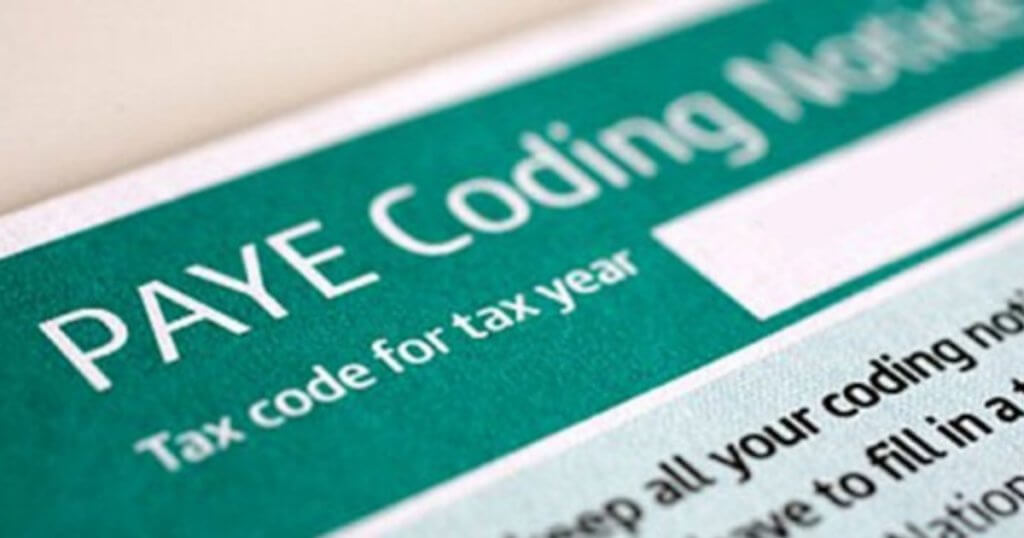On 24 March 2015 the UK government published the Finance Act 2015 (from here on in ‘The Act’). The Act had just 24 hours to be put through parliament, leaving just one afternoon to debate 500 pages of legislation.
The Act brought together the clauses that were publicised in December 2014, as well as the new measures that were announced in the 2015 Budget. This guide highlights some of the most important changes.
Income Tax
The Personal Allowance was increased to £10,600 for the 2015/16 tax year – an increase of £600 from the previous year. The threshold for higher rate taxpayers also increased from £41,786 in 2014/15 to £42,385.
The introduction of the Married Couple’s Allowance was also announced in The Act. This began on 6 April 2015 and allows married couples and civil partners to transfer their Personal Allowance between each other. Other Income Tax changes were announced in The Act; including the tax exemption for The Bereavement Support Payment.
National Insurance
As of 6 April 2015, NIC limits increased in line with the increase of the higher rate threshold. From January 2015, Class 2 NICs will be collected via Self-Assessment and those in employment under the age of 21 (from April 2015) will not be liable for Employer’s National Insurance.
Pensions
As of April 2015, the tax charge on inherited pensions was withdrawn. This means that unused tax pots can now be passed on tax free – previously these were taxed at 55%. Other pension types – such as guaranteed term annuities – can now also be passed on tax free should the pension owner die before the age of 75.
Pensioners are now given the option to withdraw their pension as a lump sum. When they do this, the first 25% will be free from tax.
Diverted Profits Tax
The Act introduced Diverted Profits Tax at a rate of 25%. This is a tax on foreign companies who exploit the permanent establishment rules. This measure also targets UK companies who use artificial transactions in order to gain a tax advantage.
Non-UK Residents Disposing Property
As of April 2015, non-UK residents will be liable to pay Capital Gains Tax on profits from selling UK property. Non-residents will be liable to pay tax at the same rate as UK individuals; and non-UK companies selling property will be liable to pay tax at the same rate as UK companies.
Inheritance Tax – Death on Service
Inheritance Tax will not be payable where a person dies whilst on active service after 19 March 2014. In order for this to apply, HMRC require a valid certificate that has been issued by the Ministry of Defence.
Other Measures
There were a number of other tax avoidance measures introduced in The Act, including changes to the Disclosure of Tax Avoidance Scheme provisions; alterations to those eligible for Entrepreneurs Relief (for those disposing shares in a non-trading company); and increased penalties for offshore tax evasion.
There were also a number of other announcements that have not yet legislated for. Further announcements are expected in the forthcoming July Budget.
Reducing the amount of tax you pay
It may be possible to increase your tax free allowance by checking the tax reliefs available to you. For example if you wear a uniform to work, buy your own tools, pay fees to certain professional bodies (eg NMC, RCN, Unison etc) or use your car for work (business mileage), you may be able to offset these expenses against your income – these rules applies to regular employees as well as those who are self employed. Remember, these reliefs are not automatic, so it is important that you submit a claim with HMRC to ensure receive your full entitlement – the current rules allow to claim a tax rebate for the last 4 years. We have created a free tax refund calculator so you can easily check which allowances you can claim based on your individual circumstances.



